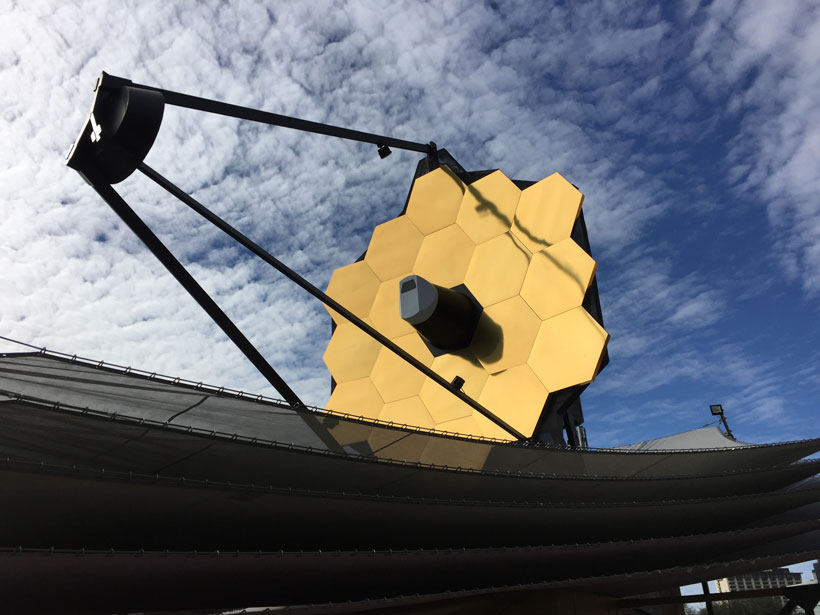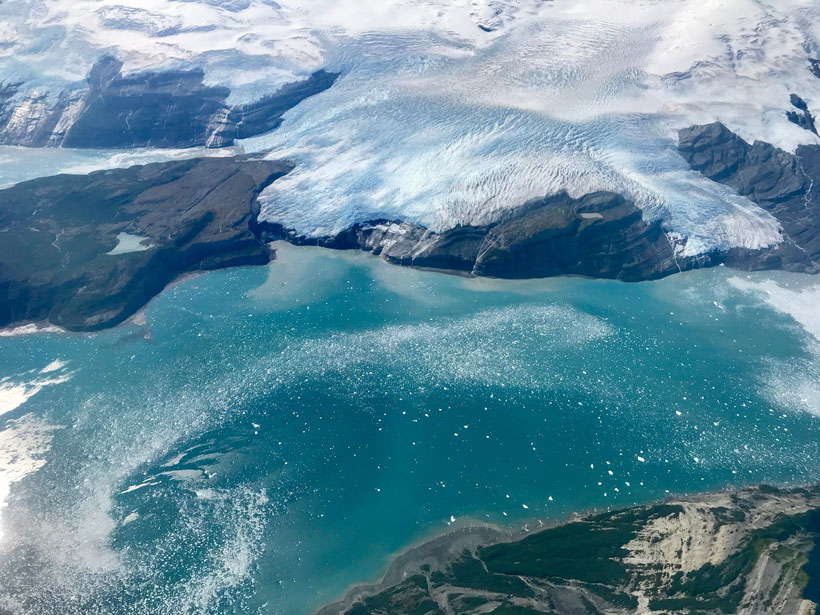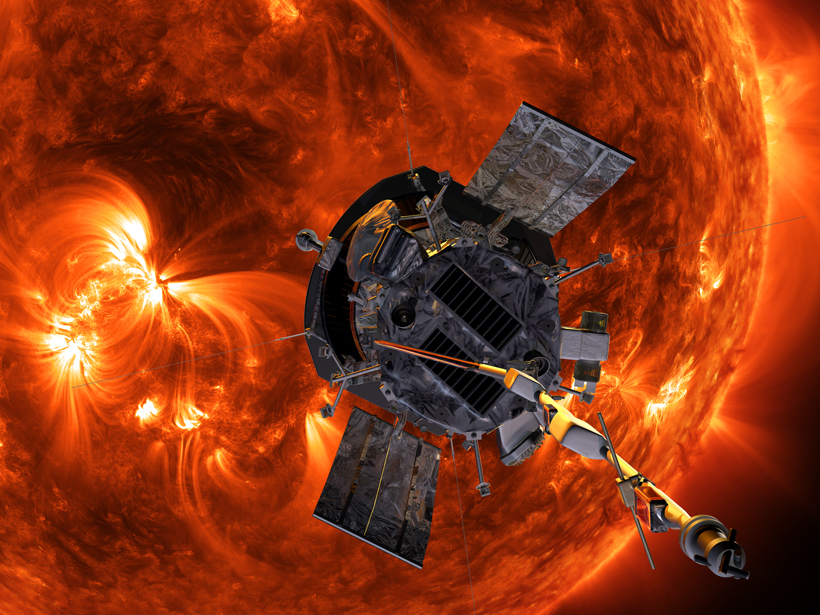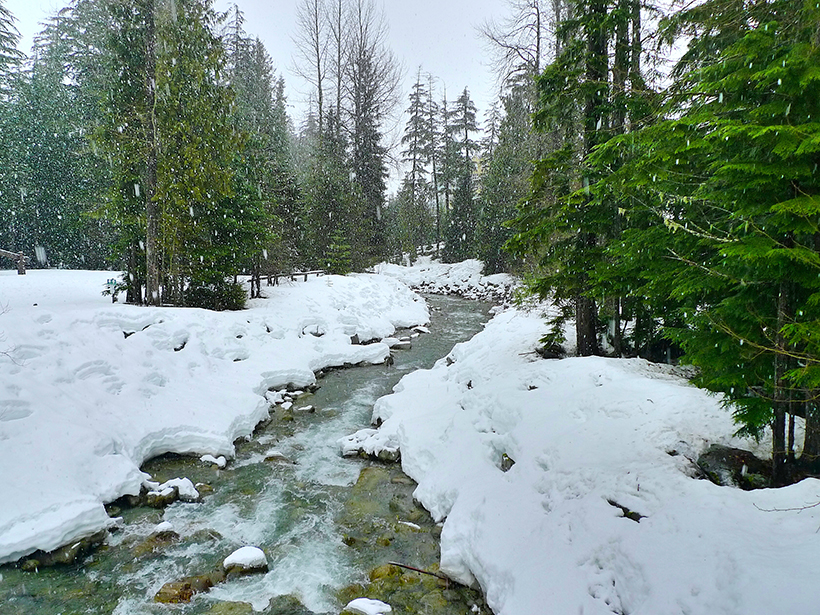Recent research suggests that NASA’s next-generation space telescope will be good—but not the best—at finding life-sustaining levels of oxygen in an exoplanet’s atmosphere.
NASA
Global Ice Monitoring Satellite to Launch as Early as This Week
The soon-to-launch satellite will measure the height and thickness of sea ice, glaciers, ice sheets, and permafrost around the world to an unprecedentedly high precision.
How Much Land Surface Is Under Water at Any Given Time?
NASA Workshop on Remote Sensing of Inundation Extent; Boulder, Colorado, 21–22 May 2018
First Spacecraft to Touch the Sun Awaiting Launch
The Parker Solar Probe will study the Sun’s corona and its electric and magnetic fields, as well as the mechanisms that drive the solar wind, all from behind an advanced protective heat shield.
U.S. Senate Reviews NASA’s Science Priorities
The search for life, developing flagship telescopes, partnering with the private sector, and maintaining Earth science programs should be top priorities for the space agency, say witnesses.
The Kepler Revolution
The Kepler Space Telescope will soon run out of fuel and end its mission. Here are nine fundamental discoveries about planets aided by Kepler in the 9 years since its launch.
What Can NASA Do to Better Protect the Planets It Probes?
A new report found that decades-old policies, unclear strategies, and regulatory gaps may create future problems for the agency. Here are four ways to head off these problems.
How Can We Find Out How Much Snow Is in the World?
In Colorado forests, NASA scientists and a multinational team of researchers test the limits of satellite remote sensing for measuring the water content of snow.
Seeing Green: A Stratospheric View of the 2017 Total Eclipse
Airborne telescopes gave scientists a sky-high view of the 2017 Great American Eclipse as they took measurements that are difficult to obtain from the ground.
Former NASA Chief Scientist Heads National Air and Space Museum
Taking the helm just as the museum is poised for a major renovation, new director Ellen Stofan told Eos she looks forward to taking the museum “to the next level” and exciting people about science.










